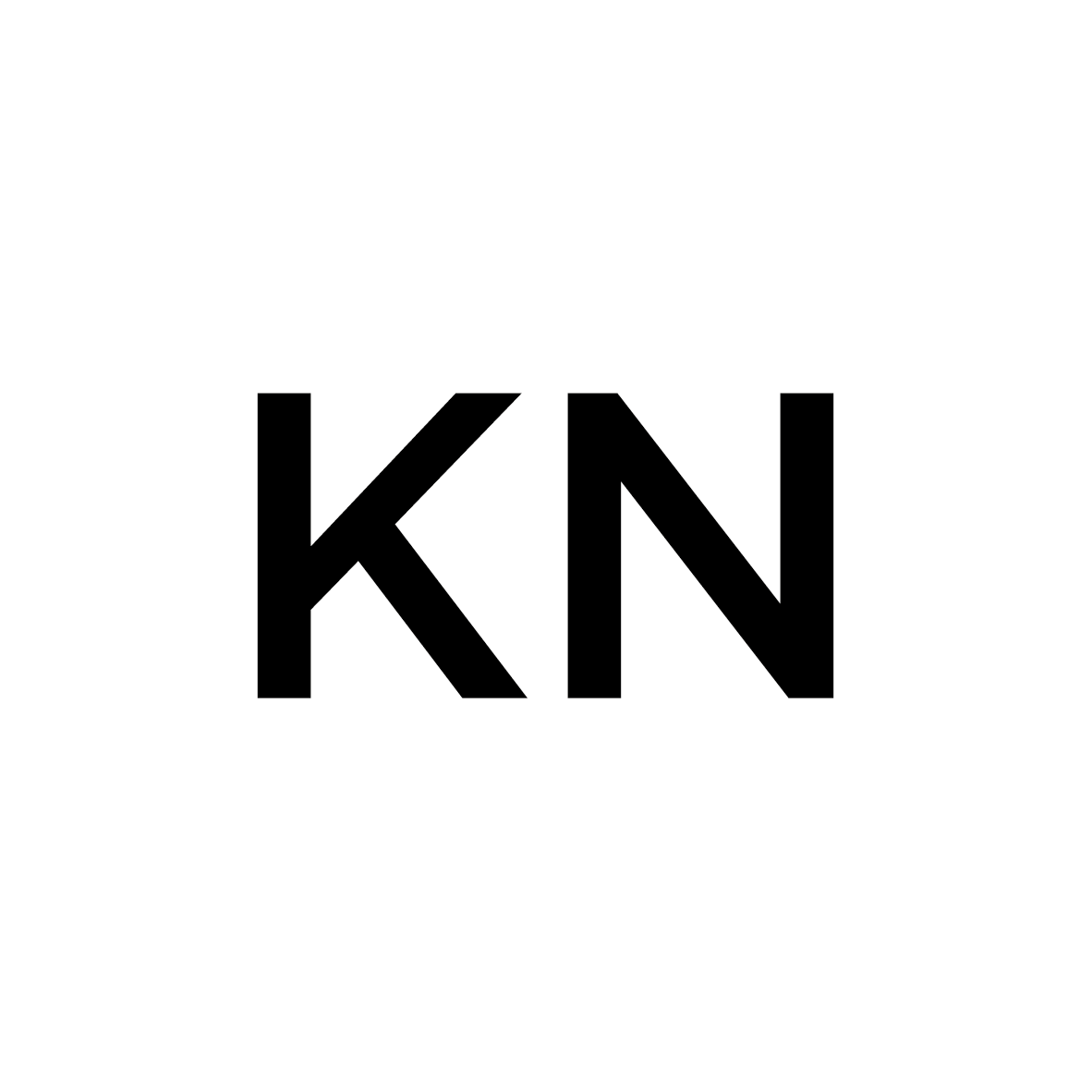Gold Price – Up Or Down?
As of March 9, 2025, gold prices have been on an upward trajectory, reaching new highs and capturing the attention of investors. It is a complex market with many factors affecting the price.
In this blog, we look at some of the reasons Gold could go up or down.
Table of Contents
- Current Factors Affecting Gold Prices
- Arguments for Continued Price Increase (Bullish Outlook)
- Arguments Against Continued Price Increase (Bearish Outlook)
- Gold Price Forecasts
- Should You Invest In Gold?
Current Factors Affecting Gold Prices
Central Bank Purchases
Global central banks have been significant buyers of gold. China’s central bank, for instance, increased its gold reserves for the fourth consecutive month in February, reaching 73.61 million fine troy ounces, up from 73.45 million in January. This consistent accumulation supports gold prices by increasing demand.
On the other hand, there is concern that Fort Knox, the US gold depository is holding less gold than previously thought. This could affect prices. They could go up as people interpret less gold being held means the gold currently has higher value due to gold shortages. Alternatively, prices could drop as more gold is in circulation than previously thought. One thing for certain the sooner the situation about how much gold is in the US Depository is resolved the better
Geopolitical Tensions and Trade Policies
The implementation of new tariffs by the U.S. on imports from Canada, Mexico, and China has heightened global economic uncertainty. Such measures often drive investors toward safe-haven assets like gold.
The US administration have indicated more tariffs from 2nd April that could see more money move into safe haven investments including gold.
Inflation and Monetary Policy
In December 2024, the Federal Open Market Committee (FOMC) reduced the federal funds target rate by 25 basis points, bringing it to a range of 4.25%–4.50%. This decision marked a continuation of the Fed’s efforts to balance economic growth with inflation control. Projections released during this meeting indicated expectations for two additional quarter-point rate cuts in 2025, reflecting a measured approach to monetary easing.
Since then the trade tariffs have made the FED more conservative in its approach to rate cuts which could affect the price of gold.
Bank of England and other Central Banks are also more cautious about interest rate cuts.
Dollar Weakness
The relationship between the U.S. dollar and gold prices is primarily inverse, meaning that when the dollar weakens, gold prices tend to rise, and vice versa.
- Gold is globally traded in U.S. dollars. When the dollar weakens relative to other currencies, it lowers the cost of gold for foreign investors. This increased affordability boosts demand, driving up gold prices. For example, If the U.S. dollar index (DXY) drops by 2%, gold prices often rise as international buyers can purchase more gold for the same amount of their local currency.
- A weaker dollar often signals higher inflation expectations, making gold more attractive as a store of value. Since gold retains purchasing power over time, investors buy more gold during inflationary periods.
Arguments for Continued Price Increase (Bullish Outlook)
- Sustained Central Bank Demand: Analysts at Goldman Sachs have raised their year-end 2025 gold price forecast to $3,100 per ounce, up from $2,890, citing sustained central bank demand.
- Geopolitical Uncertainty: Ongoing geopolitical tensions and trade disputes are likely to persist, maintaining the appeal of gold as a safe-haven asset.
- Inflationary Pressures: Continued inflation could drive more investors toward gold as a hedge, supporting higher prices.
Arguments Against Continued Price Increase (Bearish Outlook)
- Economic Stabilization: If geopolitical tensions ease and global trade stabilizes, the demand for safe-haven assets like gold may decrease, leading to potential price corrections.
- Interest Rate Increases: Should central banks decide to raise interest rates to combat inflation, the opportunity cost of holding non-yielding assets like gold would rise, potentially dampening demand.
Gold Price Forecasts
- Bullish Scenario: In a bullish case, analysts at Citi have suggested that gold prices could exceed $3,300 per ounce, driven by sustained demand and geopolitical uncertainties.
- Moderate Scenario: Goldman Sachs projects that gold will reach $3,100 per ounce by the end of 2025, reflecting strong central bank purchases and investor demand.
- Bearish Scenario: Conversely, some analysts believe that if economic conditions improve and interest rates rise, gold prices could stabilize or even decline.
Should You Invest In Gold?
The gold market in 2025 is influenced by a complex interplay of factors, including central bank activities, geopolitical events, inflation trends, and currency movements. While many indicators point toward a continued bullish trend, potential bearish factors should not be overlooked. Investors are advised to monitor these dynamics closely and consider both the opportunities and risks associated with gold investments in the current economic environment.

Karen Newton is a Business and Wealth Strategist, 3x International Bestselling Author, and founder of Karen Newton International. She combines practical experience with AI-Powered Entrepreneurship to help smart entrepreneurs build online income, invest strategically, and create long-term wealth through business growth, investments and joint ventures.






